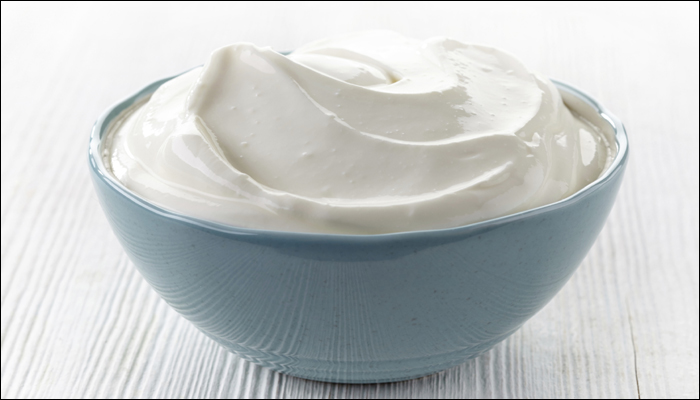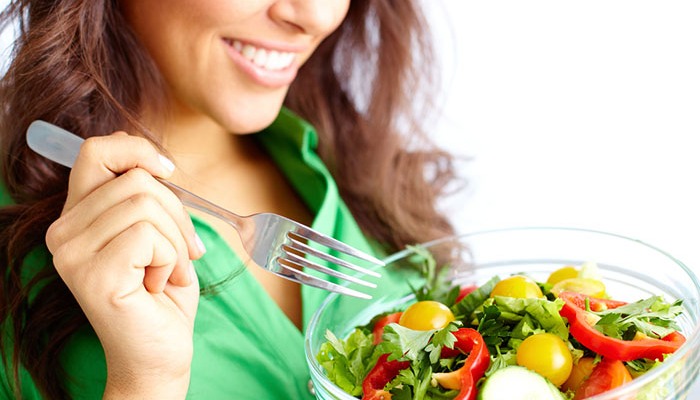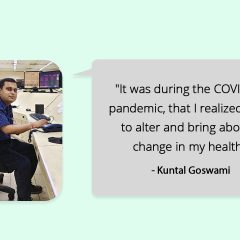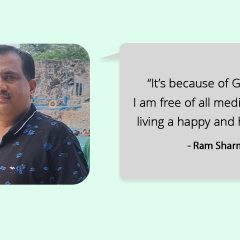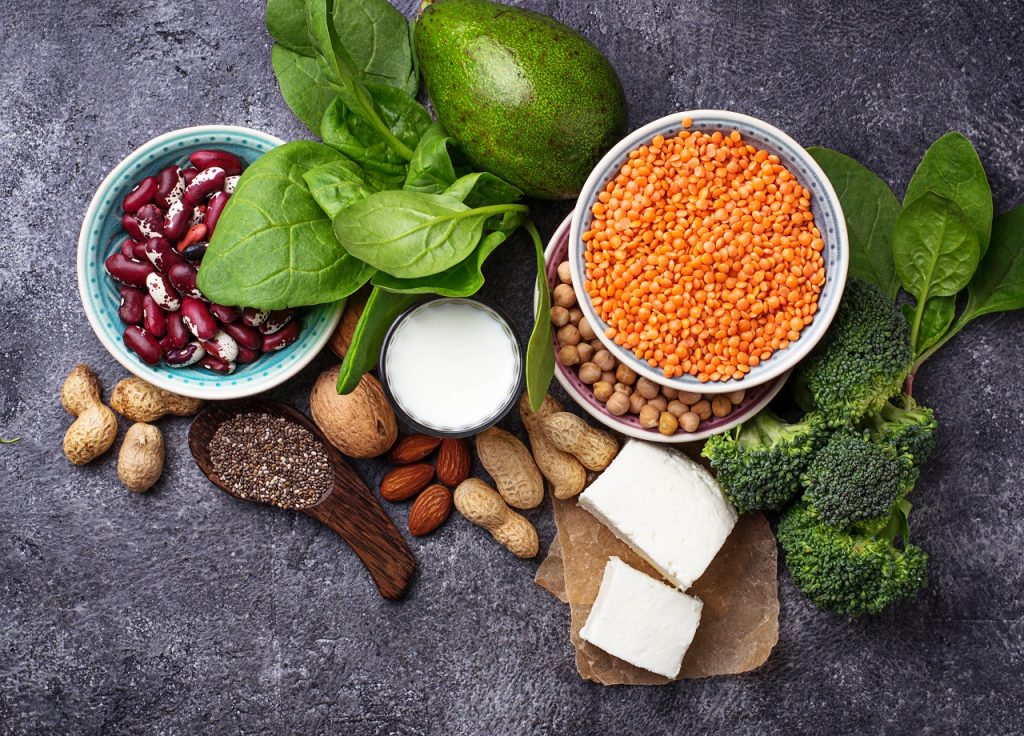
Indian Dietetics Association claimed a few years back that vegetarian diets in our country are 84% protein deficient along with 65% protein deficiency in the diets of non-vegetarians too. Data also suggest that 93% of Indians are not aware about their ideal protein intake per day. Proteins are extremely crucial for the body. The word Protein comes from a greek word Proteos meaning “First Place” or “Primary”. Some important functions of protein are:
- Growth and maintenance
- Structural part of enzymes required for many biochemical reactions
- Structural part of hormones which are key messengers in the body
- Providing rigidity and stiffness to cells and tissues all over the body
- Maintaining ideal pH and balancing fluids
- Bolster immune health
- Providing energy
- Transporting and storing nutrients
Recommended dietary allowance for protein is 0.8 gram per kg body weight for normal healthy individuals. So if you are 60 kg, multiply it by 0.8, and your protein intake per day should be around 48 grams. Protein intake will vary based on various stages of life and for athletes, pregnant and lactating mothers, kidney & liver patients.
5 Sources of Protein For Vegetarians
- Sattu (gram flour): Originated from Bihar, Jharkhand, West Bengal and Uttar Pradesh, Sattu is known as the poor man’s protein. But recently, it has gained popularity due to its amazing nutrient profile. It is basically roasted and grinded gram flour. You can make Sattu ki roti, traditional Sattu drink with lemon and pink salt, Sattu fortification in dhokla, idli, dosa, etc. Try to take at least 2 tablespoons of Sattu in a meal. Unlike other protein sources, Sattu is easier to digest and suits well to elderly also.
- Sprouted Pulses: The germinated pulses such as mung, kidney beans, black eyed beans, chana, chickpeas, etc. have more magnesium, protein, folate, minerals, Vitamin C, Vitamin K, manganese and phosphorus as compared to non-sprouted varieties. So increase the consumption of sprouts as it will give better nutrients in the same amount. You can make a fresh batch of sprouts daily and have a small cup with lunch and the same for dinner to enrich your meals with protein. Though you can store the sprouted pulses for 3 days in the fridge using a sealed container. Trying a variety of recipes on a daily basis like aloo-sprouts paratha, sprouts stuffed sandwich, sprouts salad, sprouts soup, etc. will also help.
- Paneer: is another amazing, well known source of protein for vegetarians. It is rich in healthy fats, protein and low on carbs. In a controlled portion size, it’s great for diabetics, weight watchers and almost everyone. Try to incorporate paneer in your regular meals like post workout meals, sandwiches, curries, grilled paneer with veggies for meals, etc.
- Nuts & Seeds: have an impressive number of protein and healthy fats in a single serving. It’s a great idea to add these in your mid meal and snack time. Walnuts, hemp seeds, pumpkin seeds, flax seeds, chia seeds, sunflower seeds, etc. are concentrated sources of protein and healthy fats. About 2 tablespoon of them per day can help you in more ways than one.
- Hung Curd: is nothing but our home made curd which has drained off its water. Make curd using low fat milk or cow milk, tie it in a muslin cloth and hang it for 3-4 hours for all the excess water to be drained. 1 cup of homemade hung curd provides 10-12 grams of protein. It is great for digestion and also for meeting calcium requirements. You can use it for dips, raita, salad dressings or just a plain cup of hung curd with meals.
We hope these food sources of protein for vegetarians helps you! Before you add any of these foods to your diet, please consult your doctor, nutritionist or dietitian.
How do you fill in your daily protein requirement? Let us know in the comments below. For more on proteins, you can check out Healthy Reads or ask a GOQii Coach by subscribing for personalised health coaching here: https://goqiiapp.page.link/bsr
#BeTheForce
